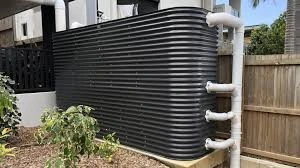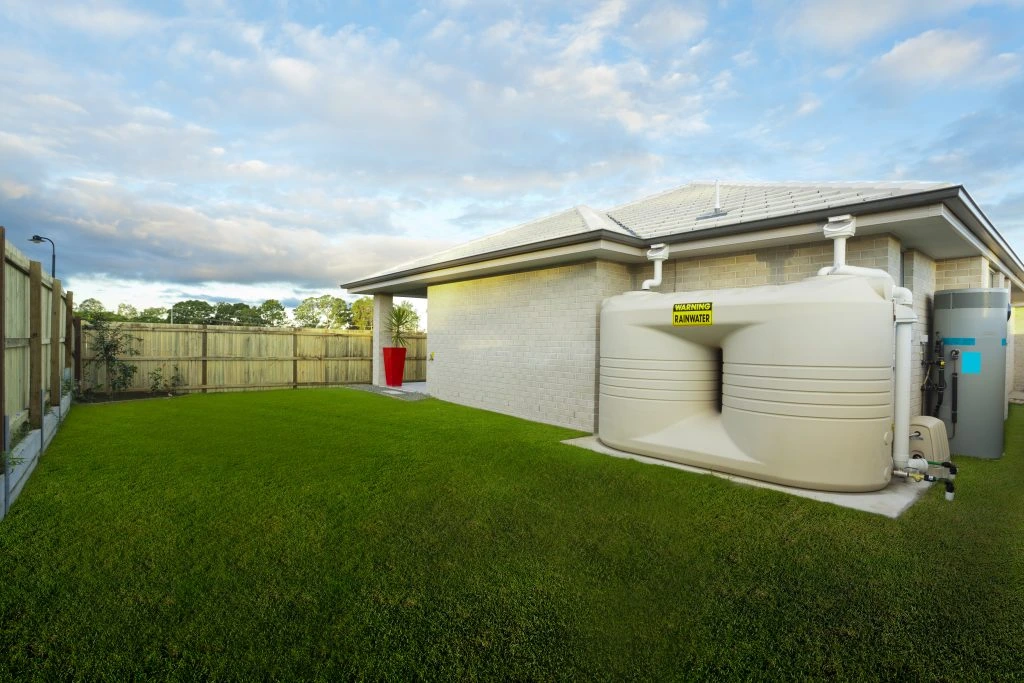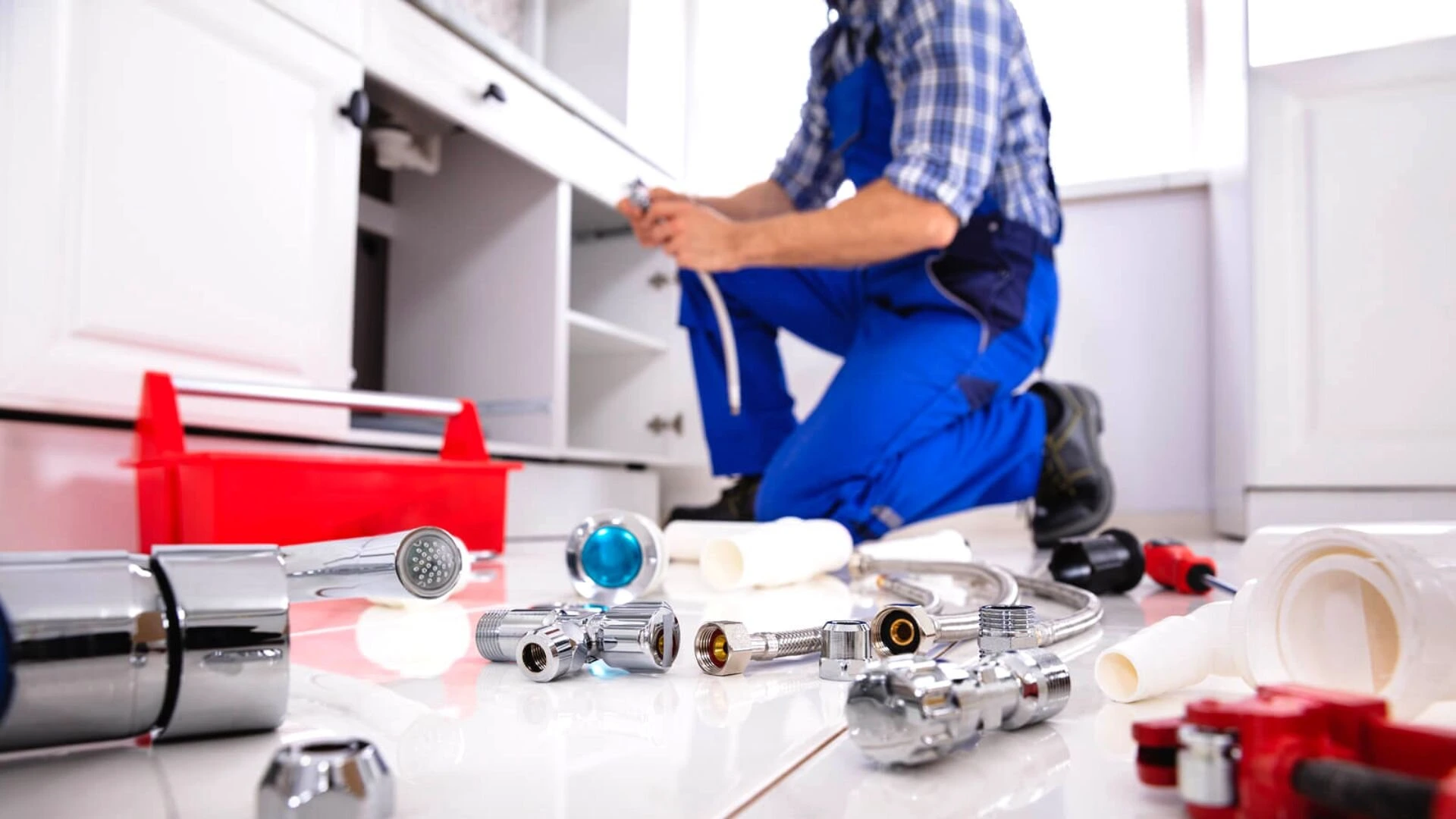Think plumbing is just pipes and wrenches? Well, think again. Smart Plumbing Renovations And Extensions In Brisbane can turn an ordinary house into a modern, efficient, and stylish home. Whether you’re adding a new bathroom, updating an old kitchen sink, or simply replacing leaky taps, the right plumbing upgrades save water, cut bills, and even boost your property’s value.
In this guide, I’ll walk you through creative ideas, eco-friendly tech, and design trends to make your next plumbing project both clever and chic. Plumbing projects often sound technical, but I promise – we’ll keep it conversational. I’ll share tips like a mate over a cuppa. And yes, I’ll mention things like regulatory Plumbing Renovations And Extensions In Brisbane for a sprinkle of Aussie know-how. Let’s dive in!
1. Why Upgrade Your Plumbing?
Imagine a morning shower with less water pressure or a backyard with soggy grass – that’s what outdated pipes can do. Upgrading pipes and fixtures is more than a face-lift; it fixes hidden headaches. Older Brisbane homes often have corroded pipes or poorly placed fixtures that lead to blockages and damage. By planning plumbing changes early, you avoid nasty surprises (like burst pipes mid-renovation) and make your home run smoothly for years.
Beyond avoiding trouble, think of value. According to the Housing Industry Association, Australians now spend around $26,000 on a typical bathroom renovation. That’s a big chunk of change! The good news? Upgrades in bathrooms or kitchens are one of the most effective ways to increase your home’s value. In other words, clever plumbing work often pays for itself when you sell or refinance.
And the world’s changing. Green plumbing (eco-friendly fixtures and systems) is hot right now. More on that soon. But first, remember: any major plumbing work in Brisbane is regulated. Big jobs like kitchen or bathroom additions are “notifiable work” by law and must be done by a licensed plumber. (Good news: hiring a pro means your project will meet all standards.)
Minor fixes like swapping a shower head or a tap washer? Those are unregulated – you don’t even need a plumber for small stuff. The key takeaway? Plumbing Renovations And Extensions In Brisbane often require a permit and a licensed pro, so plan accordingly.
2. Water-Saving Fixtures: Smart and Stylish
Upgrade idea: Low-Flow Taps, Showerheads, and Toilets. These are the classic smart upgrade. Modern taps and showerheads are designed to look great and use less water. For example, WELS-rated showerheads can deliver 6–7 L/min (litres per minute) of water instead of 12–15 L/min for older models. That means happier bills and a happier planet. Similarly, dual-flush toilets use only the water needed for a big or small flush.
Pro Tip: Look for fixtures with the WELS (Water Efficiency Labelling and Standards) star rating. Even in a Melbourne fashion flip or a tropical Brisbane build, you’ll find chic, minimalist designs that save water. Swapping in a dual-flush toilet or a restrictor for your shower can save thousands of litres per year – and trim your water bill over time.
Why Brisbane cares: Our city can be subject to droughts and water restrictions. Using rainwater for gardens or even toilets can drastically reduce mains-water use. In fact, well-designed rainwater systems can reduce your household’s mains water use by up to 100% – especially if you plumb rainwater into toilets or a laundry. We’ll get to rainwater next.

Rainwater harvesting is a savvy upgrade for Brisbane living. By diverting roof water into a tank, you create a second supply for your garden, laundry or even toilet. The Australian Government notes “Rainwater is a valuable natural resource… Using rainwater can reduce water bills, provide an alternative supply during water restrictions”. (Bonus: less runoff means less stormwater flooding too.) Tanks come in space-saving styles (slimline, underground or even collapsible bladder tanks) so they fit suburban homes.
Quick facts: Government rebates are often available for rainwater systems, and in some cases (like big renos) local councils may require installing tanks. If you add rainwater plumbing, be sure to plan with your plumber so pump and filters are correctly set up for health and performance.
3. Hot Water & Heating: Comfort Plus Efficiency
Upgrade idea: Efficient Hot Water Systems. Hot water is a big energy user. Upgrading to a solar hot water system, heat pump, or instantaneous (tankless) water heater can save heaps of energy (and greenhouse gas) in the long run. For instance, modern solar or heat pump water heaters cut electricity use by heating water from the sun or ambient air, not just resistive coils.
Imagine stepping out of the shower on a crisp Brisbane morning and your bathroom floor is toasty warm – that’s where underfloor heating comes in. It’s a luxury tied to plumbing/electrics: hydronic (water-based) systems in new builds, or electric mats in retrofits. A daily dose of warmth underfoot turns your bathroom into a mini-spa. Bonus: when combined with a programmable thermostat, underfloor heating can be run only when needed, adding comfort without waste.
Upgrade idea: Heated Towel Rails. These hooked-on-the-wall wonders keep towels warm, dry them faster, and help prevent damp in humid bathrooms. They run on water or electricity, and while often seen as “luxury,” they can help your bathroom feel like an upscale retreat.
4. Smart Plumbing Tech
Upgrade idea: Leak Detectors and Smart Meters. Want a bit of sci-fi in your home? Install wireless leak sensors or smart water meters. These gadgets alert you via phone if a hidden pipe spring leaks. Early detection means you fix a drip before it floods your floor. In rainy Queensland, that peace of mind is golden.
Upgrade idea: Touchless and Programmable Fixtures. Hands-free taps and sensor showers aren’t just hygienic (especially these days!) – they also help save water by turning off automatically. And you can install a programmable shower system to pre-set temperature and flow. Walk in, and your ideal shower starts – no fiddling required.
Upgrade idea: Smart Toilets (yes, really!). Japanese-style smart toilets with built-in bidets, heated seats, and self-cleaning functions have made their way to Australia. They’re expensive, sure, but they offer unmatched convenience and hygiene (not to mention conversation-starting factor!). A more modest entry is heated seat toilet lids or gentle-close seats – small touches that feel posh.
5. Pipework Overhauls: Behind-the-Walls Improvements
Upgrade idea: Replace Old Pipes. You may not see them, but pipes age. Brisbane’s older homes might have galvanized steel or lead pipes. Those can rust, corrode, or leach minerals into your water. Replacing them with modern PEX or PVC piping gives better flow, cleaner water, and peace of mind. Sure, ripping walls for pipes isn’t glam, but it’s one of the smartest moves you can make during a renovation.
Upgrade idea: Move Your Fixtures. Sometimes the smartest upgrade is a layout change. If you’re doing an extension or reconfiguring a space, you might relocate your shower or sink for better flow. Just remember, all layout changes are “notifiable work” in Queensland – your licensed plumber will lodge a Form 4 with QBCC so council knows the new plumbing plan.
|
Upgrade |
Why It’s Smart | Benefit |
|
Low-flow showerhead/taps |
Reduces water flow without losing pressure | Up to 50% water savings and lower bills |
|
Dual-flush toilet |
Two flush options: full or half-volume |
Saves ~67% water per small flush |
|
Tankless (instant) heater |
Heats water on demand, no standby losses | Energy savings over old storage units |
| Rainwater tank & pump | Harvest rainwater for toilets, washing machine, garden |
Dramatically cuts mains-water use |
| Pipe replacement (PEX) | Durable, flexible, resists rust and scaling |
Fewer leaks, better water quality |
| Leak detector sensors | Alerts you to hidden leaks via smartphone |
Prevents flood damage and water waste |
(Table: Examples of plumbing upgrades and their advantages.)
6. Design & Trendy Details
Your plumbing renovation isn’t just about function – it should look good too. Brisbane style is casual and warm. Think natural materials (timber-look vanities, stone benchtops), earthy tones, and sleek fixtures. Mix materials: maybe a matte black tap on a marble sink, or warm timber cabinet with brass fittings.
Anecdotally, I once helped a friend re-do her bathroom with a “Brisbane coastal” vibe: white subway tiles, rattan accents, and brushed nickel taps. The plumbing was all behind the scenes, but we picked faucets that felt modern yet lived-in. It made a big difference in making the room inviting.
Mood lighting: Modern bathrooms use layered lighting – overhead downlights, mirror lights, and maybe LED strip behind the vanity. It’s not plumbing per se, but run new wiring or water-proof fixtures, and your space feels spa-like (great for lazy weekend mornings).
Fixtures as art: There are beautiful rain showerheads shaped like discs, freestanding tubs, and vessel sinks that sit on top of a bench (requiring different tap placements). These trends keep your upgrade feeling fresh. The key is planning: fancy fixtures often need special plumbing (hidden in-wall valves, for example), so work with your plumber early so everything lines up.
7. Permits, Planners, and Pros
One thing I can’t skip: make sure you hire a licensed plumber. Brisbane City Council is clear: “Any permit work… must be carried out by a licensed plumber”. That includes most renovations and extensions. Your plumber will lodge necessary forms (Form 4 for notifiable work) to QBCC as proof the work was done correctly. This means inspections and safety checks happen – your project stays legit.
Before you start chopping walls, double-check if you need a plumbing permit. Minor fixes like unblocking a drain or replacing a tap washer don’t need permits, but adding plumbing for a new bathroom definitely does. It’s also worth coordinating with any electrician or builder on your team (since plumbing and electrical often overlap in kitchens/bathrooms). Good communication keeps the job on track and the final look neat.
Conclusion
Upgrading your home’s plumbing in Brisbane can be surprisingly exciting and rewarding. From eco-friendly rainwater tanks to smart leak detectors, the possibilities are as endless as your imagination. We’ve talked about saving water with efficient fixtures, adding creature comforts like heated floors, and even boosting home value with a well-planned reno.
Now over to you: which plumbing upgrade is calling your name? Maybe it’s a spa-like new shower, or finally putting in that rainwater tank you’ve dreamed about. If you’re thinking “I’m ready for Plumbing Renovations And Extensions In Brisbane”, start by chatting with a trusted local plumber. Get a quote, discuss ideas, and soon enough you’ll see your vision take shape – pipes, fittings, and all.
Ready to transform your home? Dive into those plumbing plans and make a splash with your next renovation!
FAQs – Plumbing Renovations And Extensions In Brisbane
Q: Do I need a permit for plumbing renovations in Brisbane?
A: Yes. Any significant plumbing work (like new bathroom or kitchen plumbing) is notifiable and must be done by a licensed plumber. Minor fixes (changing a tap washer, for example) usually don’t need permits.
Q: How can I save water in my home renovation?
A: Consider low-flow taps, dual-flush toilets, and rainwater tanks. Water-efficient fixtures (WELS-rated) can halve your water use, and a rainwater system can supply toilets or laundry, slashing mains usage.
Q: What are examples of smart plumbing upgrades?
A: Think leak detectors that alert you to drips, touchless (sensor) taps and showers, and smart toilets with bidet functions. These gadgets boost hygiene, convenience, and can reduce waste.
Q: Are eco-friendly plumbing upgrades worth it?
A: Absolutely. Green plumbing (low-flow fixtures, solar heaters, greywater reuse) reduces bills and carbon footprint. Over time, savings and rebates often outweigh the higher upfront cost.
Q: How do plumbing renovations add value? A modern, efficient bathroom or kitchen is a big draw for buyers. Studies show renovated bathrooms are among the top home improvements that increase property value. Up-to-date plumbing and hot water systems also make for hassle-free living, which future owners will pay for.




